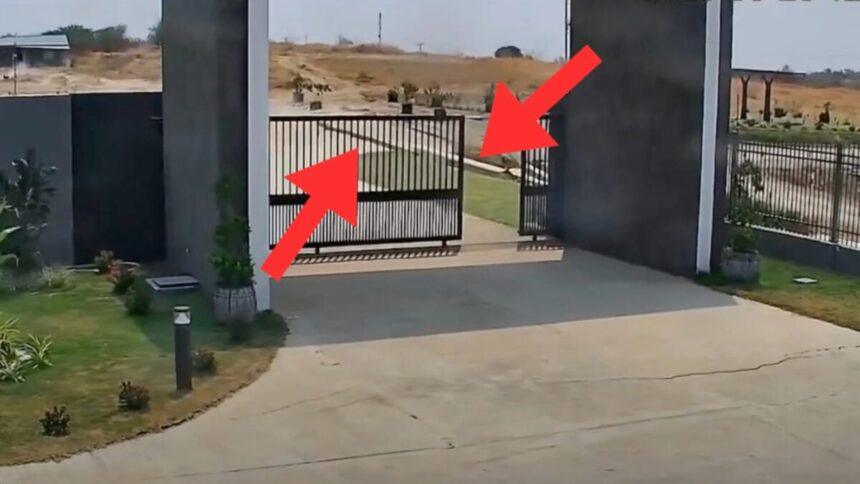In May, we reported on a first-of-its-kind video that captured surface rupture during Myanmar’s devastating 7.7 magnitude earthquake. While the YouTube video now has 1.6 million views, two geophysicists spotted something many people probably didn’t notice.
The video seems like a gift that just keeps on giving. As the Kyoto University scientists explain in a study published last month in The Seismic Record, it also includes the first direct visual evidence of pulse-like rupturing and a curved fault slip. This means the two sides of the strike-slip fault didn’t just slip horizontally past each other—the slip path also dipped downward. While scientists have previously inferred both features from seismic data and post-earthquake observations and seismic data, the video provides direct visual evidence.
“Our results provide the first direct visual evidence of curved coseismic fault slip, bridging a critical gap among seismological observations, geological data, and theoretical models,” the researchers wrote in the study.
You might be wondering how the researchers inferred all that from a very brief video excerpt. The answer is that they analyzed Myanmar’s Sagaing Fault’s movement in the footage frame-by-frame. With this approach, they discovered that the fault slipped sideways 8.2 feet (2.5 meters) in 1.3 seconds, with a peak speed of 10.5 feet (3.2 meters) per second.
While the earthquake’s entire sideways movement was normal for strike-slip events, “the brief duration of motion confirms a pulse-like rupture, characterized by a concentrated burst of slip propagating along the fault, much like a ripple traveling down a rug when flicked from one end,” Jesse Kearse, a co-author of the study from Kyoto University, said in a university statement.
Kearse and co-author Yoshihiro Kaneko’s analysis also revealed that the fault’s slip path was slightly curved. This finding aligns with curved slickenlines—scratches caused by rocks scraping against each other along a fault—that earthquake geologists often find after earthquakes. The video provides the first visual proof of the curved slip behind the striations.
“Instead of things moving straight across the video screen, they moved along a curved path that has a convexity downwards, which instantly started bells ringing in my head,” Kearse explained in a statement by the Seismological Society of America. “The dynamic stresses of the earthquake as it’s approaching and begins to rupture the fault near the ground surface are able to induce an obliquity to the fault movement,” he adds. “These transient stresses push the fault off its intended course initially, and then it catches itself and does what it’s supposed to do, after that.”
More broadly, the Myanmar earthquake’s north-to-south rupture confirms the researchers’ previous conclusion that slip curvature types depend on the direction of said rupture. Accordingly, earthquake scientists can study slickenlines to understand bygone earthquakes, potentially informing future risks.
“Together these findings impose critical observational constraints on future rupture simulations,” the researchers conclude in the study, “and deepen our understanding of the physical mechanisms that control rapid fault slip during large earthquakes.”
Read the full article here










